Find Help
More Items From Ergsy search
-
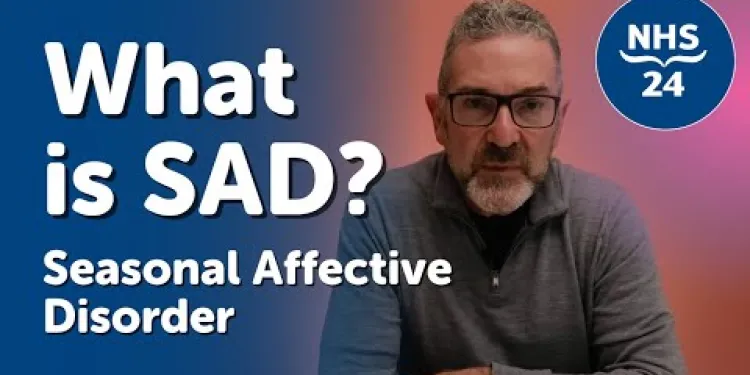
What is Seasonal Affective Disorder? (SAD)
Relevance: 100%
-
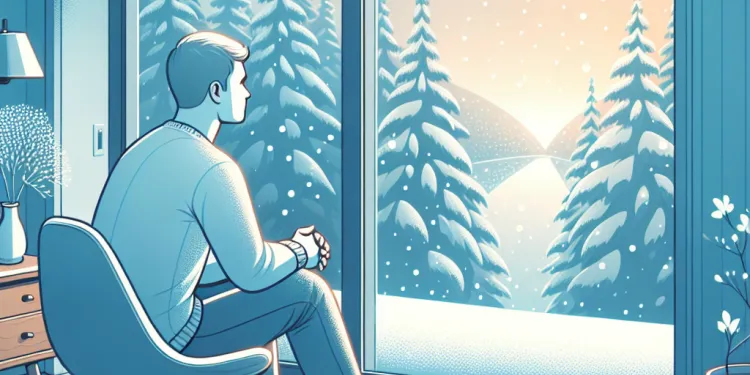
Strategies for Managing Seasonal Affective Disorder
Relevance: 78%
-

Is it normal to feel sad in a relationship sometimes?
Relevance: 42%
-
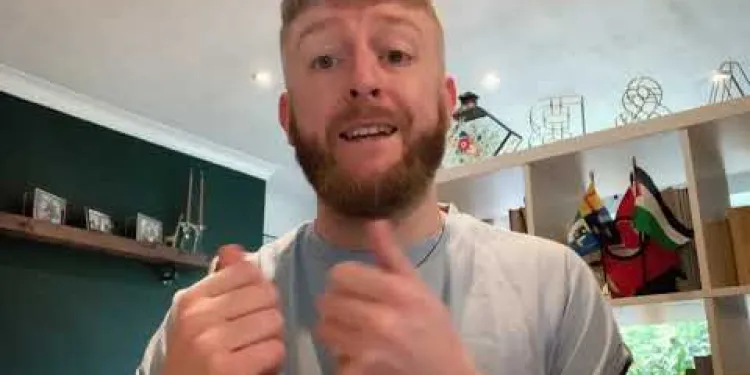
Living with Bipolar Disorder
Relevance: 36%
-
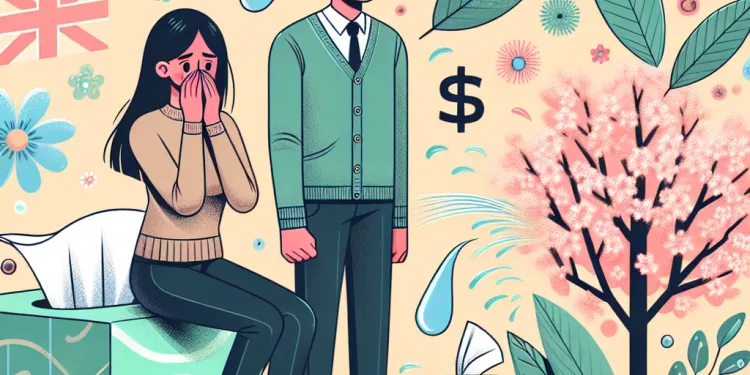
Dealing with Seasonal Allergies
Relevance: 34%
-
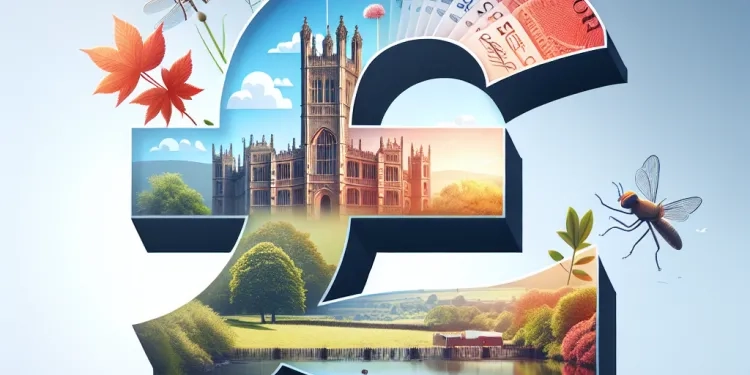
Are there seasonal jobs with the National Trust?
Relevance: 31%
-
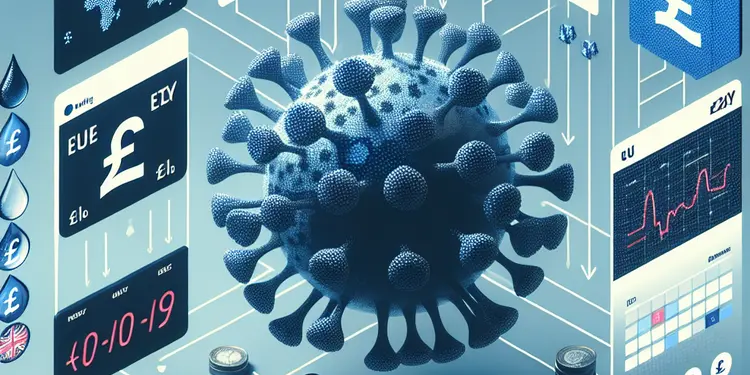
When does the H3N2 flu season typically occur?
Relevance: 29%
-
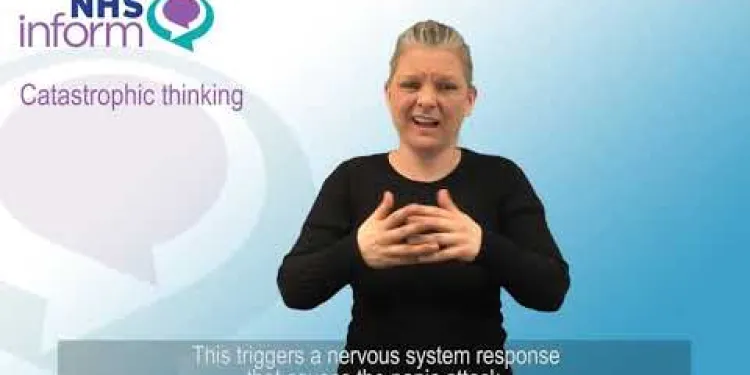
BSL - Causes of panic disorder
Relevance: 27%
-
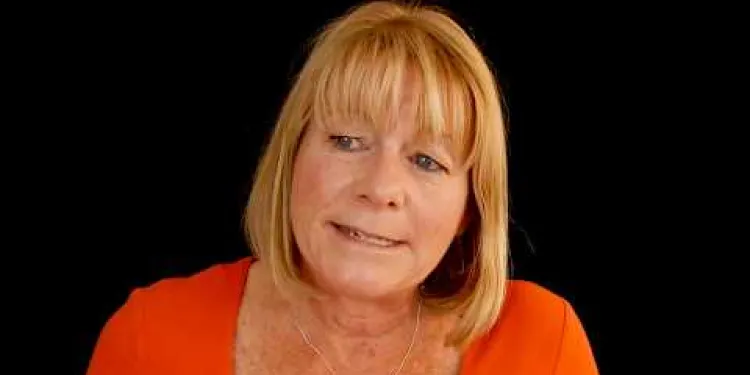
The treatment approach for an eating disorder
Relevance: 27%
-
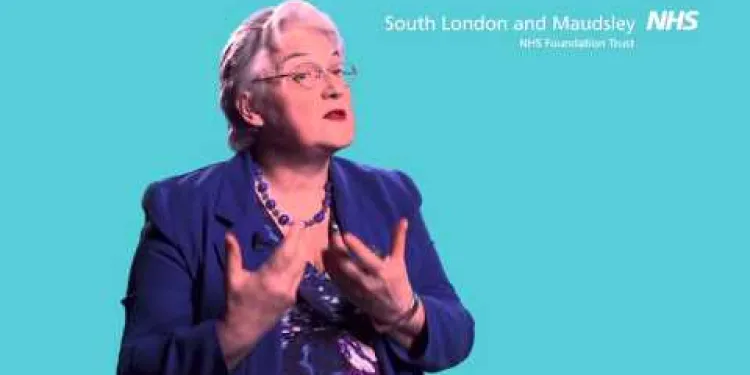
Eating disorders: treatment
Relevance: 27%
-

Is there a season when mosquito-borne diseases are more likely in the UK?
Relevance: 27%
-

BSL - Diagnosis of panic disorder
Relevance: 27%
-

Understanding Seasonal Flu: Prevention and Treatment
Relevance: 27%
-
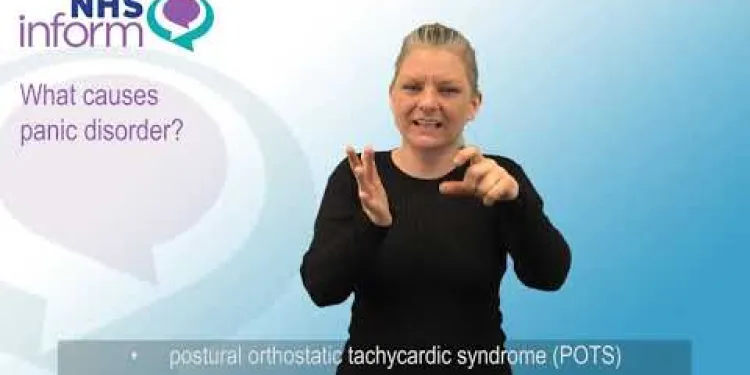
BSL - Introduction to panic disorder
Relevance: 26%
-

Why does H3N2 often lead to more severe flu seasons?
Relevance: 26%
-
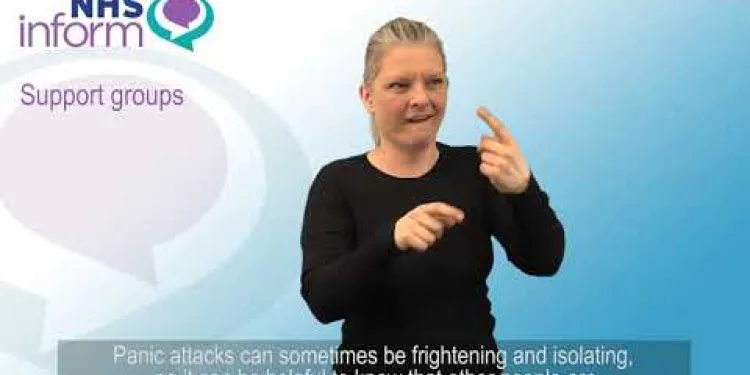
BSL - Treatment of panic disorder
Relevance: 25%
-
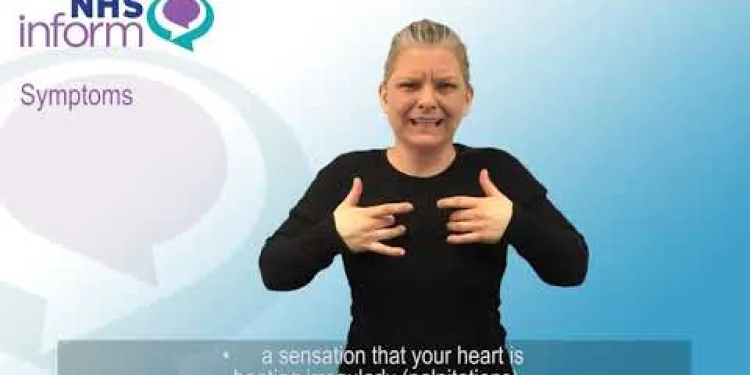
BSL - Symptoms of panic disorder
Relevance: 25%
-
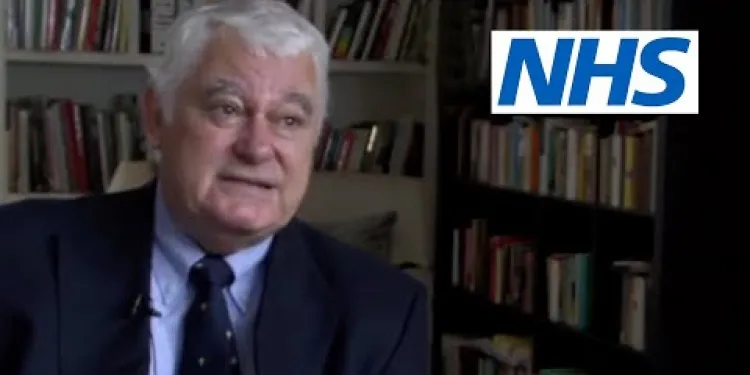
Bipolar disorder: Rod's story | NHS
Relevance: 25%
-
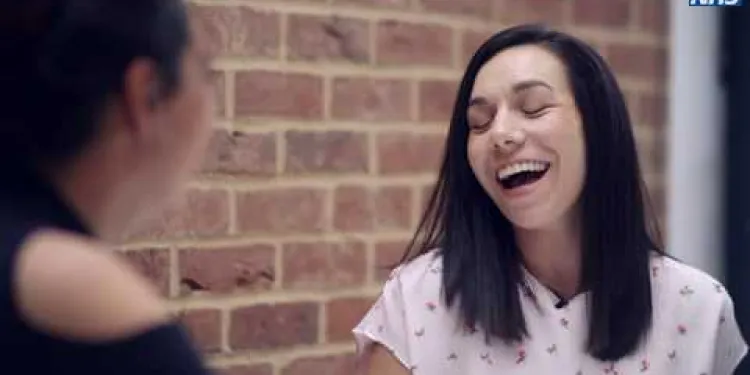
Short Films About Mental Health - Personality Disorders
Relevance: 24%
-
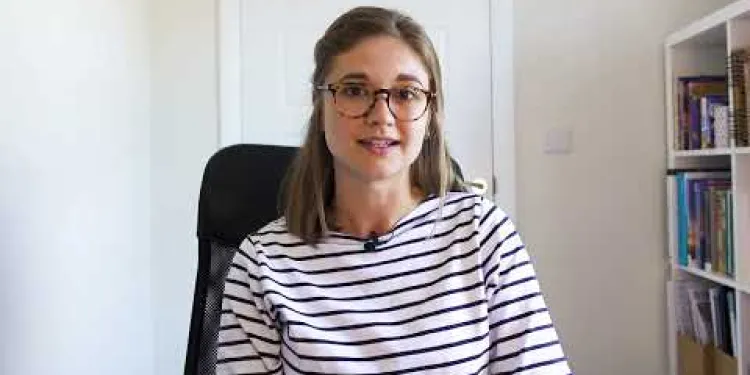
Jess Rann - Specialist Eating Disorders Dietitian
Relevance: 24%
-
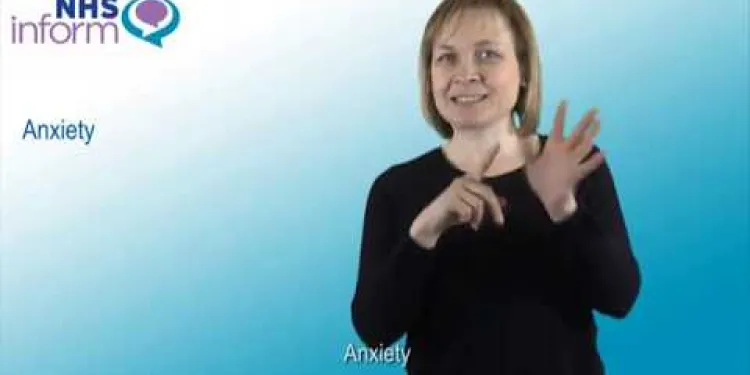
Generalised anxiety disorder (GAD)
Relevance: 24%
-
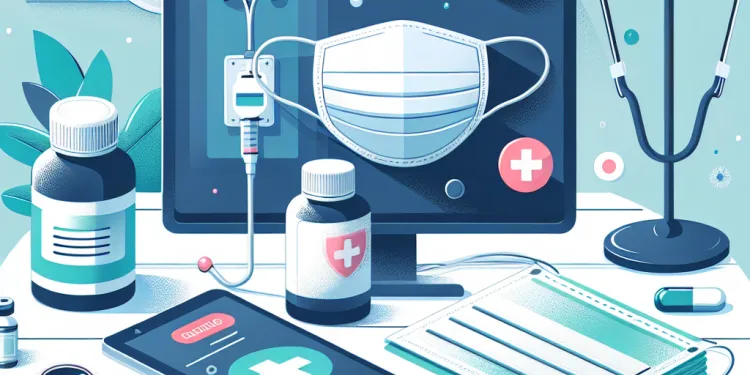
Latest Advice on Managing Respiratory Illnesses During Flu Season
Relevance: 24%
-
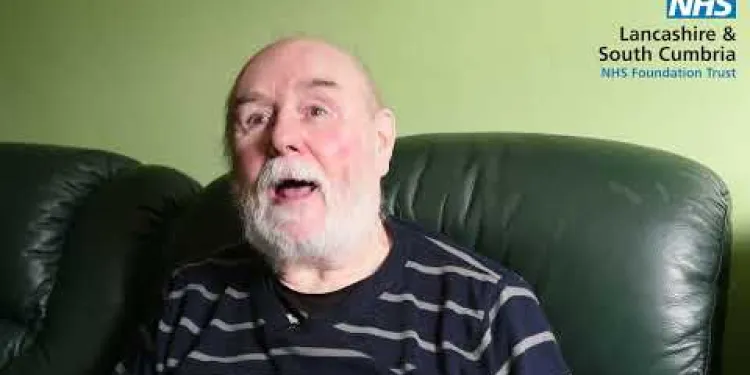
Steve Green tells his story on living with a hoarding disorder
Relevance: 23%
-
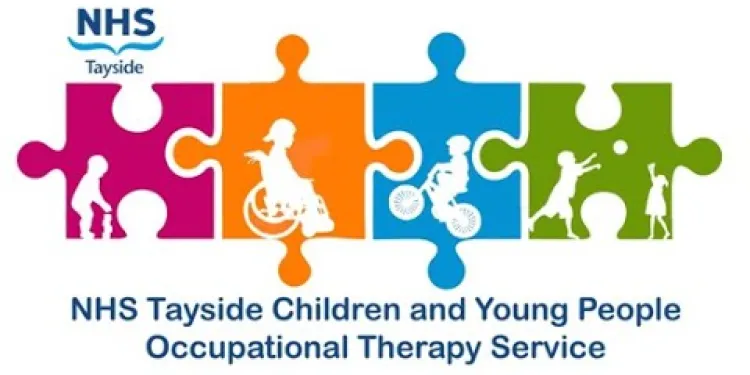
Developmental Coordination Disorder (DCD) for Children and Young People
Relevance: 23%
-
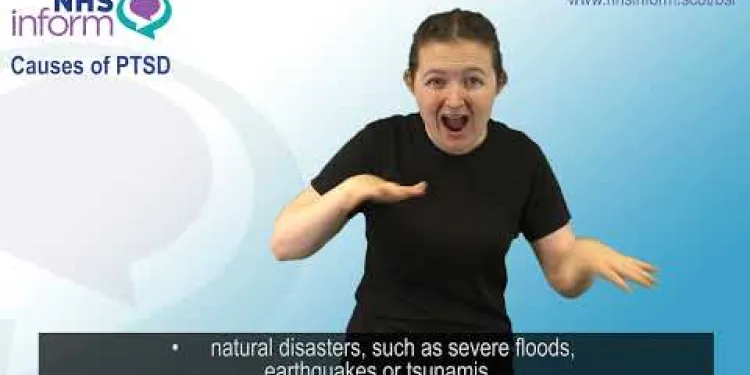
Post-traumatic stress disorder (PTSD) - Introduction
Relevance: 23%
-
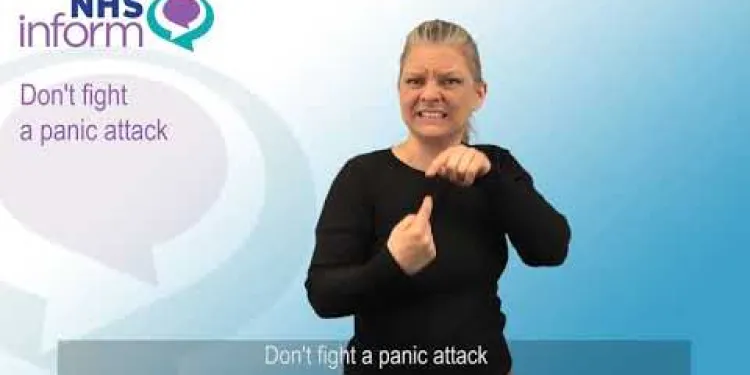
BSL - Panic disorder: things you can do to help yourself
Relevance: 22%
-
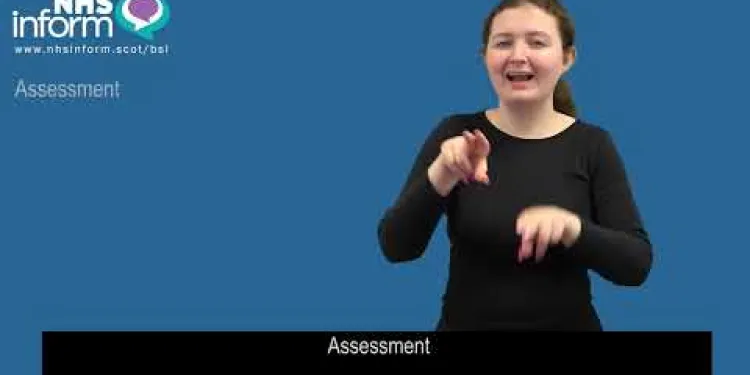
BSL - Diagnosis of obsessive compulsive disorder (OCD)
Relevance: 22%
-
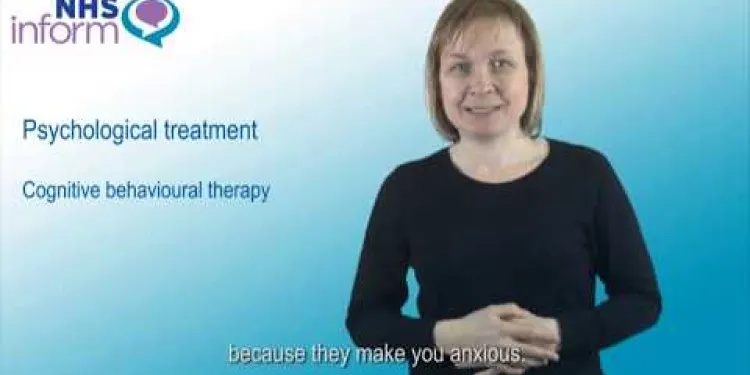
Treating generalised anxiety disorder (GAD)
Relevance: 21%
-
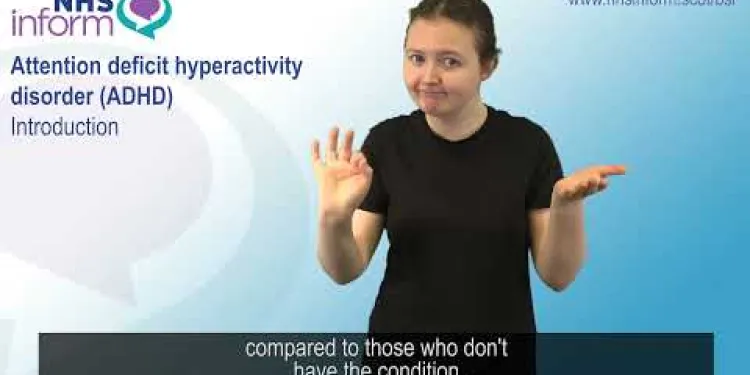
Attention deficit hyperactivity disorder (ADHD) - Introduction
Relevance: 21%
-

How long does a typical hay fever season last?
Relevance: 21%
-

Can postnatal depression affect subsequent pregnancies?
Relevance: 21%
-

Are climate changes affecting mosquito populations in the UK?
Relevance: 21%
-

How does climate change affect pollen levels?
Relevance: 21%
-
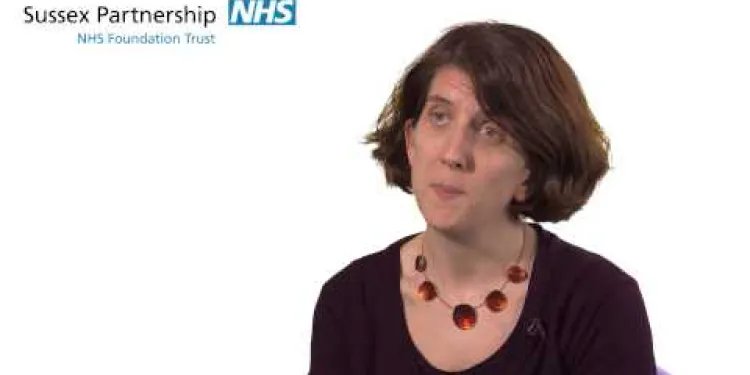
Clara Strauss: What is Obsessive Compulsive Disorder OCD
Relevance: 20%
-

BSL - Introduction to obsessive compulsive disorder (OCD)
Relevance: 20%
-
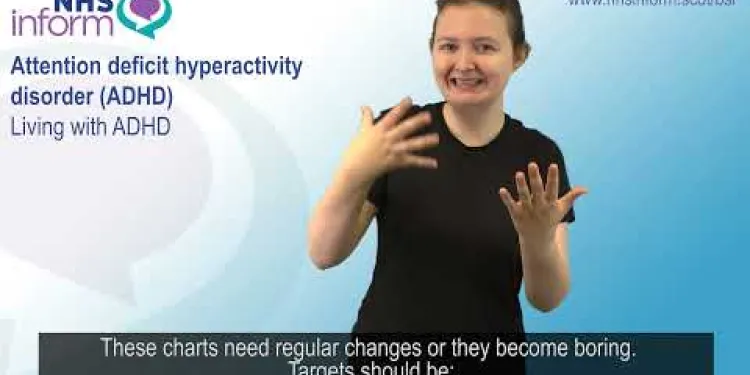
Attention deficit hyperactivity disorder (ADHD) - Living with ADHD
Relevance: 19%
-
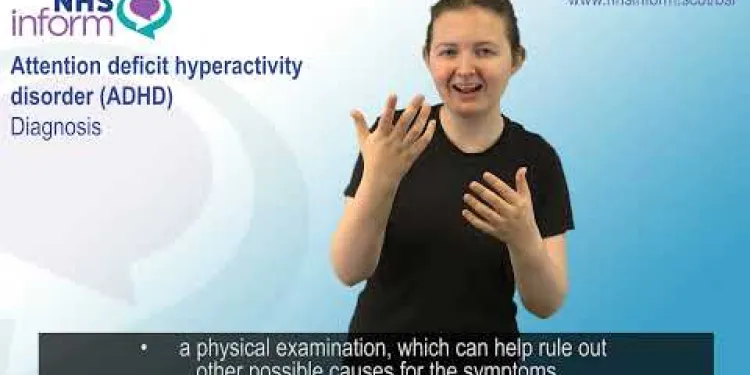
Attention deficit hyperactivity disorder (ADHD) - Diagnosis
Relevance: 19%
-
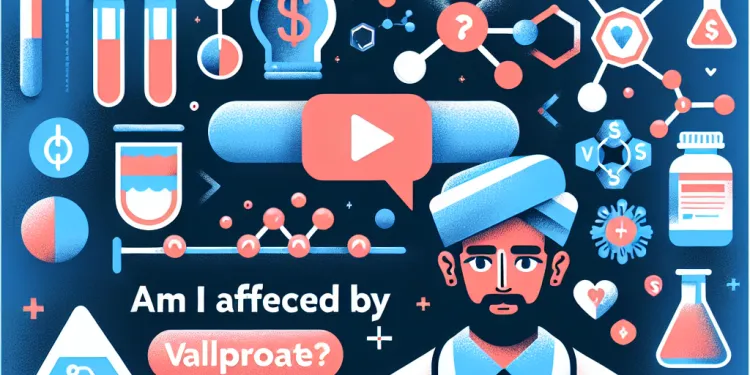
Am I affected by Sodium Valproate?
Relevance: 19%
-
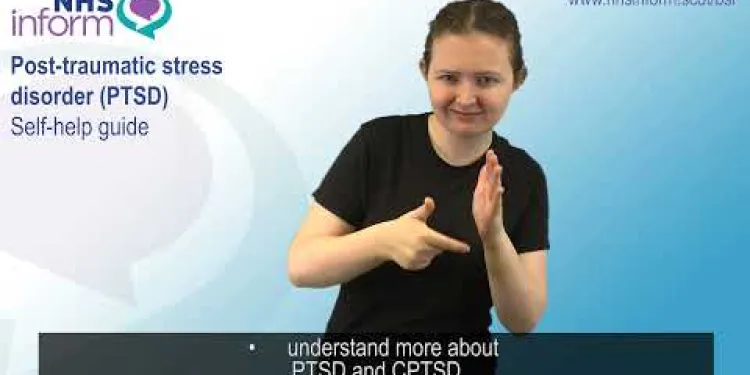
Post-traumatic stress disorder (PTSD) - Self-help guide
Relevance: 19%
-
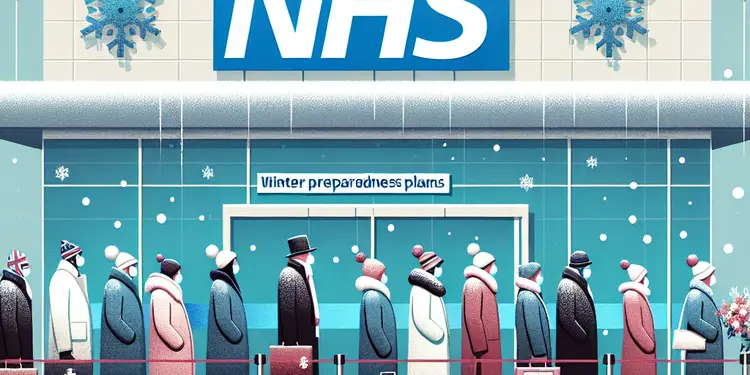
NHS Winter Preparedness Plans Unveiled Amid Rising Seasonal Pressures
Relevance: 19%
What is Seasonal Affective Disorder? (SAD)
Understanding Seasonal Affective Disorder
Seasonal Affective Disorder (SAD) is a type of depression that occurs at a specific time of year, usually in the winter when daylight hours are shorter. It is sometimes referred to as "winter depression" or "winter blues". People in the United Kingdom are particularly susceptible due to the country's high latitude and the resulting significant variation in daylight hours between summer and winter months.
Causes of SAD
The exact cause of SAD is not known, but it is thought to be related to the variation in light exposure during the year. Reduced sunlight can disrupt the body's internal clock (circadian rhythm), lead to a drop in serotonin levels (a neurotransmitter that affects mood), and alter the balance of melatonin (which affects sleep patterns). These changes can result in the symptoms associated with SAD.
Symptoms of SAD
Symptoms of SAD can range from mild to severe and typically include:
- Persistent low mood
- Loss of interest in everyday activities
- Irritability
- Feelings of despair or guilt
- Lethargy and sleep problems
- Craving carbohydrates and weight gain
- Difficulty concentrating
In cases where symptoms are severe and impact day-to-day life, it is important to seek professional help.
Treatment Options for SAD
Treatment for SAD in the UK typically includes:
- Light Therapy: Using a special lamp that simulates natural sunlight to help improve mood.
- Cognitive Behavioural Therapy (CBT): A type of talk therapy that can help manage symptoms.
- Medication: Antidepressants may be prescribed in some cases.
- Increased Exposure to Natural Light: Spending time outdoors during daylight hours can be beneficial.
- Lifestyle Changes: Regular exercise and a balanced diet can also help.
Conclusion
SAD is a serious condition that affects many people in the UK during the winter months. Understanding the symptoms and seeking appropriate treatment can help manage the disorder and improve quality of life. If you believe you might be suffering from SAD, consult a healthcare professional for a proper diagnosis and treatment plan.
What is Seasonal Affective Disorder? (SAD)
Understanding Seasonal Affective Disorder
Seasonal Affective Disorder, or SAD, is a kind of sadness that happens at certain times of the year. It usually happens in winter when there is less daylight. Some people call it "winter depression" or "winter blues". People in the UK often get SAD because their days are much shorter in winter compared to summer.
Causes of SAD
We do not know exactly what causes SAD. It might happen because there is less sunlight during some times of the year. Less sunlight can change how our body clock works, lower our serotonin (a feel-good chemical in the brain), and change melatonin (which helps us sleep). These changes can make people feel the symptoms of SAD.
Symptoms of SAD
People with SAD can feel different ways. Here are some things they might feel:
- Always feeling sad
- Not caring about things they used to like
- Getting annoyed easily
- Feeling very upset or guilty
- Feeling very tired and having trouble sleeping
- Wanting to eat a lot of sugary foods and gaining weight
- Finding it hard to focus
If someone feels these things very strongly and it makes life hard, they should get help from a doctor.
Treatment Options for SAD
In the UK, SAD can be treated in different ways:
- Light Therapy: You can use a special lamp to get more light and help you feel better.
- Cognitive Behavioural Therapy (CBT): Talking with a therapist can teach you ways to feel better.
- Medication: Sometimes doctors give medicine to help with SAD.
- Increased Exposure to Natural Light: Going outside when it's sunny can help.
- Lifestyle Changes: Exercise and eating healthy food is also good for you.
Conclusion
SAD is a real problem that many people in the UK have in the winter. Knowing the signs and getting the right help can make you feel better. If you think you have SAD, talk to a doctor to find out what to do next.
Frequently Asked Questions
What is Seasonal Affective Disorder (SAD)?
Seasonal Affective Disorder (SAD) is a type of depression that occurs at a specific time of year, usually in the winter months when daylight hours are shorter.
What are the common symptoms of SAD?
Symptoms of SAD can include persistent low mood, loss of interest in activities, irritability, feelings of despair, lethargy, and changes in sleep and appetite.
How is SAD different from regular depression?
SAD is unique because it follows a seasonal pattern, typically occurring during the autumn and winter months and improving during spring and summer. Regular depression does not follow this seasonal pattern.
Who is most at risk of developing SAD?
People who live farther from the equator, where daylight hours are shorter in the winter, are more likely to develop SAD. Women and young adults may also be at higher risk.
What causes SAD?
The exact cause of SAD is not fully understood, but it is believed to be related to reduced exposure to sunlight, which can affect the body's internal clock and the production of melatonin and serotonin.
Can SAD be treated?
Yes, SAD can be treated with a variety of methods including light therapy, medication, cognitive behavioural therapy (CBT), and lifestyle changes such as increasing exposure to natural light and regular exercise.
What is light therapy?
Light therapy involves sitting near a light box that emits a bright light, simulating natural sunlight. It is often used for about 20-30 minutes each morning during the darker months.
Are there any side effects to light therapy?
Some people may experience mild side effects from light therapy, such as headaches, eye strain, or feeling overly energetic, but these usually subside within a few days of starting treatment.
Is light therapy available on the NHS?
Light therapy is not typically available on the NHS, but light boxes can be purchased from retailers. It is important to consult with a healthcare provider before starting treatment.
Can dietary changes help alleviate SAD symptoms?
A healthy diet that includes foods rich in omega-3 fatty acids, vitamins D and B, and complex carbohydrates can help improve mood and energy levels. Some people find that vitamin D supplements are helpful.
How does exercise impact SAD?
Regular physical activity can help reduce symptoms of SAD by boosting mood and energy levels. Outdoor exercise is particularly beneficial as it increases exposure to natural light.
Can SAD affect sleep patterns?
Yes, SAD can lead to changes in sleep patterns, including oversleeping, difficulty waking up, and a general feeling of lethargy. Establishing a regular sleep schedule can help manage these symptoms.
Should I consult a healthcare provider if I think I have SAD?
Yes, it is important to consult with a healthcare provider if you suspect you have SAD. They can provide a proper diagnosis and discuss treatment options suited to your needs.
Are there any preventive measures for SAD?
Preventive measures include maximizing exposure to natural light, particularly in the morning, maintaining a regular exercise routine, managing stress, and establishing a consistent sleep schedule.
Is SAD hereditary?
There is some evidence to suggest that SAD can run in families, indicating a possible genetic component. However, more research is needed to fully understand the hereditary aspects of the disorder.
What is Seasonal Affective Disorder (SAD)?
Seasonal Affective Disorder, or SAD, is when people feel very sad during certain times of the year, usually in the winter. It can make people feel tired, moody, and lose interest in things they usually enjoy.
Here are some tips to help:
- Spend time outside in daylight.
- Talk to a friend or family member about your feelings.
- Use a special light called a 'light therapy box' to feel better.
It's important to tell a doctor or a trusted adult if you feel really sad for a long time.
Seasonal Affective Disorder, or SAD, is a kind of sadness or depression.
It happens at the same time every year, mostly in winter when there is less sunlight.
If you feel sad during this time, try spending more time outside during the day. You can also use a light box, which is a bright lamp that can help make you feel better. Talking to someone you trust or a doctor can also help.
What are the common signs of SAD?
SAD stands for Seasonal Affective Disorder. It is a type of feeling sad or down when the seasons change.
Here are some signs of SAD:
- Feeling very sad or grumpy
- Feeling very tired and sleepy
- Not wanting to do things you used to enjoy
- Having trouble focusing or thinking
- Sleeping too much or too little
- Eating too much or too little
- Feeling hopeless or worthless
- Wanting to be alone more than usual
If you or someone you know feels this way, it is important to talk to a grown-up or a doctor.
Things that can help:
- Spend time outside in the daylight
- Keep active with fun exercises
- Talk to friends or family about how you feel
- Use special lights called “light therapy”
- Try to eat healthy meals
Remember, it is okay to ask for help!
If you have SAD, you might feel sad for a long time. You might not want to do things you usually enjoy. You could feel grumpy and hopeless. You might feel tired all the time. You could sleep more or less than usual and eat more or less than usual, too.
To help, try to get outside in the daylight, even for a little while. Exercise can make you feel better, so try to move your body. Talking to friends and family can help, too.
How is SAD different from regular depression?
SAD is short for "Seasonal Affective Disorder." It is a type of depression. SAD happens at the same time each year, often in winter.
Here is how SAD is different from regular depression:
- Time of Year: SAD usually starts in fall or winter. Regular depression can happen any time.
- Light: Less sunlight in winter can make SAD worse. People with SAD may feel better in spring or summer when there is more sunlight.
- Energy Levels: People with SAD might feel very tired and sleep more than usual.
Here are some ways that can help with SAD:
- Light Therapy: Sitting by a special light for some time each day can help.
- Talk to Someone: Speaking with a doctor or counselor can be helpful.
- Go Outside: Spending time outside during the day can help, even if it is cold.
SAD is a kind of depression that happens in a pattern. It usually starts in autumn and winter when the days are shorter and gets better in spring and summer when the days are longer. Other kinds of depression do not follow this pattern.
Who is most likely to get SAD?
Some people are more likely to get SAD. SAD means "Seasonal Affective Disorder." It usually happens when the days get shorter and darker. People who live in places with long winters might get it.
Here are some people who might be more at risk:
- People who already feel very sad or worried a lot.
- People who have family members with SAD or other mood problems.
- People who live far from the equator where winter days are very short.
To help, people can use special lights called "light boxes." They can also try to spend more time outside in the daylight. Talking to a doctor can also help.
People who live far from the middle of the Earth, where winter days are short, might feel sad. Women and young people might feel sad too.
Why do people get SAD?
SAD stands for Seasonal Affective Disorder. It is a kind of "winter blues" or "winter sadness". People feel sad when it is cold and days are short.
Why does this happen?
1. Less sunlight. Some people need a lot of sunshine to feel happy. In winter, there is less sunshine.
2. Inside too much. People stay indoors more in winter, so they miss out on daylight.
3. More tired. When it gets dark early, our bodies can feel sleepy and tired.
How can we help?
1. Light boxes. These are special bright lights you can buy. They help some people by making it feel sunnier inside.
2. Get outside. Try to go outside during the day. Even 15 minutes of daylight can help.
3. Talk to someone. If feeling sad, talk to a friend, family member, or a doctor. They can help.
We don't know exactly why people get SAD. SAD is when people feel very sad sometimes in the year, like in winter. It might be because we get less sunlight then. Sunlight helps our bodies know when to sleep and wake up. Sunlight also helps make two important things in our brains: melatonin and serotonin. Melatonin helps us sleep. Serotonin helps us feel happy.
Can SAD be treated?
Yes, SAD can be treated.
If you have SAD, talk to a doctor. They can help.
Here are some things that might help:
- Light Box: A special lamp that you sit by. It gives you bright light, like the sun.
- Therapy: Talking to someone who can help you feel better.
- Medicine: Pills from a doctor that can make you feel less sad.
- Go Outside: Try to get some sunshine every day.
- Exercise: Moving your body can help your mood.
Ask someone to help you make a plan. You can feel better with help.
Yes, there are ways to help people with SAD, which is Seasonal Affective Disorder. Here are some ways:
- Use a special light. This is called light therapy. It feels like sunlight.
- Take medicine. A doctor can help with this.
- Talk to someone who can help you. This is called cognitive behavioural therapy or CBT.
- Go outside more. Try to get more sunlight.
- Exercise regularly. Moving your body can help you feel better.
What is light therapy?
Light therapy uses a special bright light. It can help people feel better. This therapy can help if you are sad. Some people use it for sleep problems too.
If you want to try light therapy, talk to a doctor first. They can help you use it safely. You can also ask someone to help you understand more.
Remember, you are not alone. There are people who care and want to help you feel better.
Light therapy is when you sit near a special light that is very bright. It feels like sunlight. People use it for 20-30 minutes each morning when it's dark outside in winter.
Does Light Therapy Have Any Side Effects?
Light therapy is usually safe, but some people might feel different.
Here are some things to look out for:
- You might get a headache.
- Your eyes could hurt or feel dry.
- It might be hard to fall asleep at night.
- You could feel a little jumpy or have a change in mood.
If you feel any of these, it's important to tell someone who can help, like a doctor.
Tips to help:
- Use light therapy in the morning.
- Use the right light, not too bright.
- Sit a little away from the light, not too close.
Always talk to an adult or someone you trust before starting light therapy.
Some people might feel a bit funny when they start using light therapy. They could get a headache, their eyes might hurt, or they might feel too full of energy. But don’t worry! These feelings usually go away in a few days.
Can you get light therapy through the NHS?
Light therapy is a special kind of treatment that uses bright light to help people feel better. It's like sunlight. But you use it inside, with a special lamp. Sometimes, doctors say it's good for you if you feel sad or tired in the winter.
If you want to know if you can get light therapy from the NHS, you should ask your doctor. They will tell you if it's offered where you live.
Some tools that might help you understand more are:
- Ask your doctor questions if you are unsure.
- Use easy-to-understand websites to learn more about light therapy.
- Have someone you trust read information with you to help explain it.
Light therapy is not usually provided by the NHS. But you can buy light boxes in shops.
It is important to talk with a doctor before you start using a light box.
Can changing what you eat help with SAD?
Some people feel sadder in winter. This is called SAD. Eating different foods might help. Try eating fruit, vegetables, and fish. These foods can make you feel better.
Ask a doctor or a family member for help if you're feeling very sad.
Using pictures or apps that show healthy foods can also help you learn what to eat.
Eating good foods can help you feel happy and strong. Try to eat foods with omega-3, vitamins D and B, and complex carbs. These can make your mood and energy better. Some people take vitamin D pills to feel good.
{"mode":"full","isActive":false}How does exercise help with SAD?
Do you feel sad or down during the winter? You might have something called SAD, which stands for Seasonal Affective Disorder.
Exercise can help you feel better.
- Try to move around a bit each day. A short walk, a fun dance, or playing outside can do wonders.
- Ask a friend or family member to join you. It can be more fun together.
- Practice deep breathing or stretching. It can help your body feel relaxed.
If you find reading hard, you can use tools like an audiobook or ask someone to read with you. Remember, it’s okay to ask for help!
Doing exercise can help you feel better and have more energy if you have SAD (Seasonal Affective Disorder). Exercising outside is especially helpful because you get more sunlight.
Can SAD change how we sleep?
SAD can make you feel very tired. It can change when and how much you sleep. You might sleep too much or have trouble sleeping.
Some ways to help are:
- Go to bed at the same time every night.
- Make your room dark and quiet.
- Try to get some sunlight during the day.
Ask a doctor or a trusted person if you need more help.
Yes, SAD can change how you sleep. You might sleep too much, have trouble waking up, or feel very tired all the time. Having a regular bedtime and wake-up time can help you feel better.
Should I talk to a doctor if I feel sad in winter?
If you feel very sad when it's winter, it's a good idea to talk to a doctor. They can help you feel better.
Here are some tips that might help:
- Make sure you go outside during the day to get sunlight.
- Try to move your body with exercises you enjoy.
- Talk to someone you trust about how you feel.
- Eat healthy foods, like fruits and vegetables.
- Sleep well at night.
Remember, it's okay to ask for help. A doctor is there to make sure you're okay.
Yes, if you think you have SAD, you should talk to a doctor. They can tell you if you really have it and talk about ways to help you feel better.
Can you stop SAD before it starts?
To stay healthy, try these tips:
- Get lots of sunlight in the morning.
- Exercise regularly.
- Find ways to relax and manage stress.
- Go to bed and wake up at the same time every day.
Can you get SAD from your parents?
There is some evidence that SAD can run in families. This means it might be passed down from parents to children. But we need to do more research to learn about this better.
Useful Links
- Ergsy carfully checks the information in the videos we provide here.
- Videos shown by Youtube after a video has completed, have NOT been reviewed by ERGSY.
- To view, click the arrow in centre of video.
- Most of the videos you find here will have subtitles and/or closed captions available.
- You may need to turn these on, and choose your preferred language.
- Go to the video you'd like to watch.
- If closed captions (CC) are available, settings will be visible on the bottom right of the video player.
- To turn on Captions, click settings .
- To turn off Captions, click settings again.
More Items From Ergsy search
-

What is Seasonal Affective Disorder? (SAD)
Relevance: 100%
-

Strategies for Managing Seasonal Affective Disorder
Relevance: 78%
-

Is it normal to feel sad in a relationship sometimes?
Relevance: 42%
-

Living with Bipolar Disorder
Relevance: 36%
-

Dealing with Seasonal Allergies
Relevance: 34%
-

Are there seasonal jobs with the National Trust?
Relevance: 31%
-

When does the H3N2 flu season typically occur?
Relevance: 29%
-

BSL - Causes of panic disorder
Relevance: 27%
-

The treatment approach for an eating disorder
Relevance: 27%
-

Eating disorders: treatment
Relevance: 27%
-

Is there a season when mosquito-borne diseases are more likely in the UK?
Relevance: 27%
-

BSL - Diagnosis of panic disorder
Relevance: 27%
-

Understanding Seasonal Flu: Prevention and Treatment
Relevance: 27%
-

BSL - Introduction to panic disorder
Relevance: 26%
-

Why does H3N2 often lead to more severe flu seasons?
Relevance: 26%
-

BSL - Treatment of panic disorder
Relevance: 25%
-

BSL - Symptoms of panic disorder
Relevance: 25%
-

Bipolar disorder: Rod's story | NHS
Relevance: 25%
-

Short Films About Mental Health - Personality Disorders
Relevance: 24%
-

Jess Rann - Specialist Eating Disorders Dietitian
Relevance: 24%
-

Generalised anxiety disorder (GAD)
Relevance: 24%
-

Latest Advice on Managing Respiratory Illnesses During Flu Season
Relevance: 24%
-

Steve Green tells his story on living with a hoarding disorder
Relevance: 23%
-

Developmental Coordination Disorder (DCD) for Children and Young People
Relevance: 23%
-

Post-traumatic stress disorder (PTSD) - Introduction
Relevance: 23%
-

BSL - Panic disorder: things you can do to help yourself
Relevance: 22%
-

BSL - Diagnosis of obsessive compulsive disorder (OCD)
Relevance: 22%
-

Treating generalised anxiety disorder (GAD)
Relevance: 21%
-

Attention deficit hyperactivity disorder (ADHD) - Introduction
Relevance: 21%
-

How long does a typical hay fever season last?
Relevance: 21%
-

Can postnatal depression affect subsequent pregnancies?
Relevance: 21%
-

Are climate changes affecting mosquito populations in the UK?
Relevance: 21%
-

How does climate change affect pollen levels?
Relevance: 21%
-

Clara Strauss: What is Obsessive Compulsive Disorder OCD
Relevance: 20%
-

BSL - Introduction to obsessive compulsive disorder (OCD)
Relevance: 20%
-

Attention deficit hyperactivity disorder (ADHD) - Living with ADHD
Relevance: 19%
-

Attention deficit hyperactivity disorder (ADHD) - Diagnosis
Relevance: 19%
-

Am I affected by Sodium Valproate?
Relevance: 19%
-

Post-traumatic stress disorder (PTSD) - Self-help guide
Relevance: 19%
-

NHS Winter Preparedness Plans Unveiled Amid Rising Seasonal Pressures
Relevance: 19%


